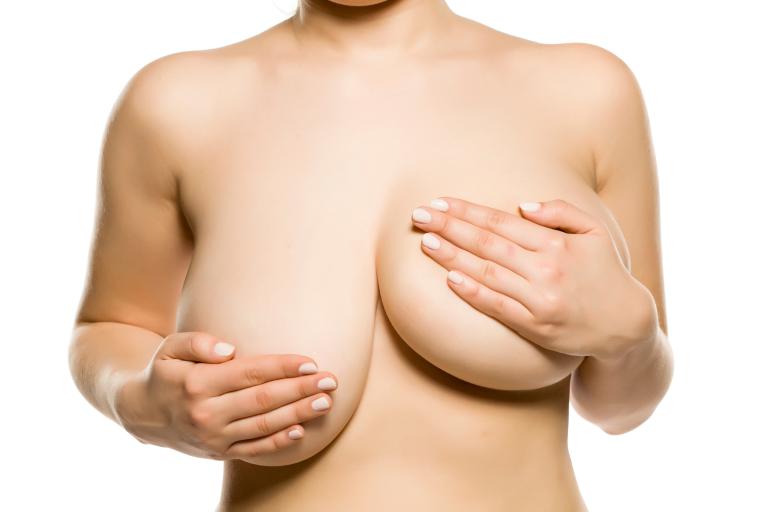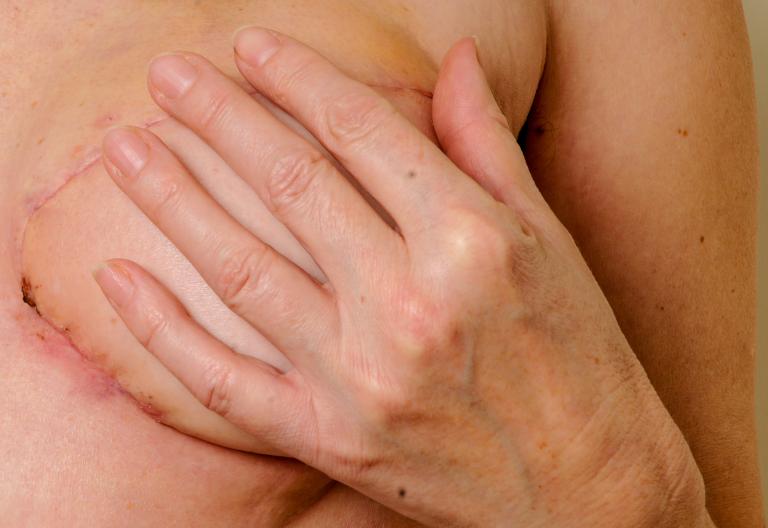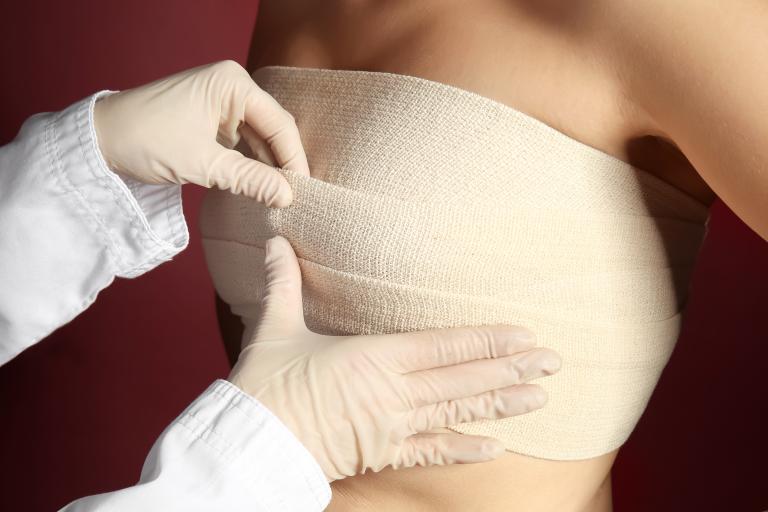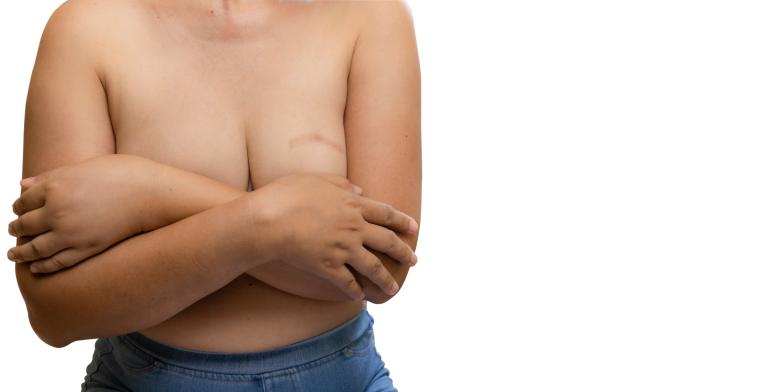
Implant and Non-Implant Breast Reconstruction
You may need to have (or choose to have) a bilateral mastectomy (removal of both breasts) because of a cancer diagnosis or because you have a very high risk of future cancer due to genetic test results or family history. Where possible, both breasts are reconstructed in the same way, improving the chances they both match. There may be limitations in the size of your new breasts, depending on the form of reconstruction chosen and the availability of your own tissues, but you can alter the size of your breasts if you choose.
Some women may only need to have a single mastectomy. We will then discuss with you whether you are happy with your other breast and plan to provide two breasts that match each other. Using tissue flaps can help with this as breasts formed from your own tissue will change as you change while implants will not. This can be from a change in weight or from the effects of time and gravity.

